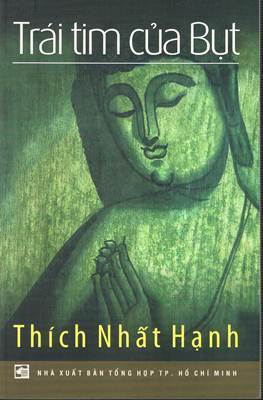What do you think?
Rate this book


432 pages, Bìa mềm
First published May 1, 1998
There is nothing to stop you from being in touch with life in the present moment. The question is, Do you have eyes that can see the sunset, feet that can touch the earth?
"When we look at the ocean, we see that each wave has a beginning and an end. A wave can be compared with other waves, and we can call it more or less beautiful, higher or lower, longer lasting or less long lasting. But if we look more deeply, we see that a wave is made of water. While living the life of a wave, it also lives the life of water. It would be sad if the wave did not know that it is water. It would think, Some day, I will have to die. This period of time is my life span, and when I arrive at the shore, I will return to nonbeing. These notions will cause the wave fear and anguish. We have to help it remove the notions of self, person, living being, and life span if we want the wave to be free and happy."